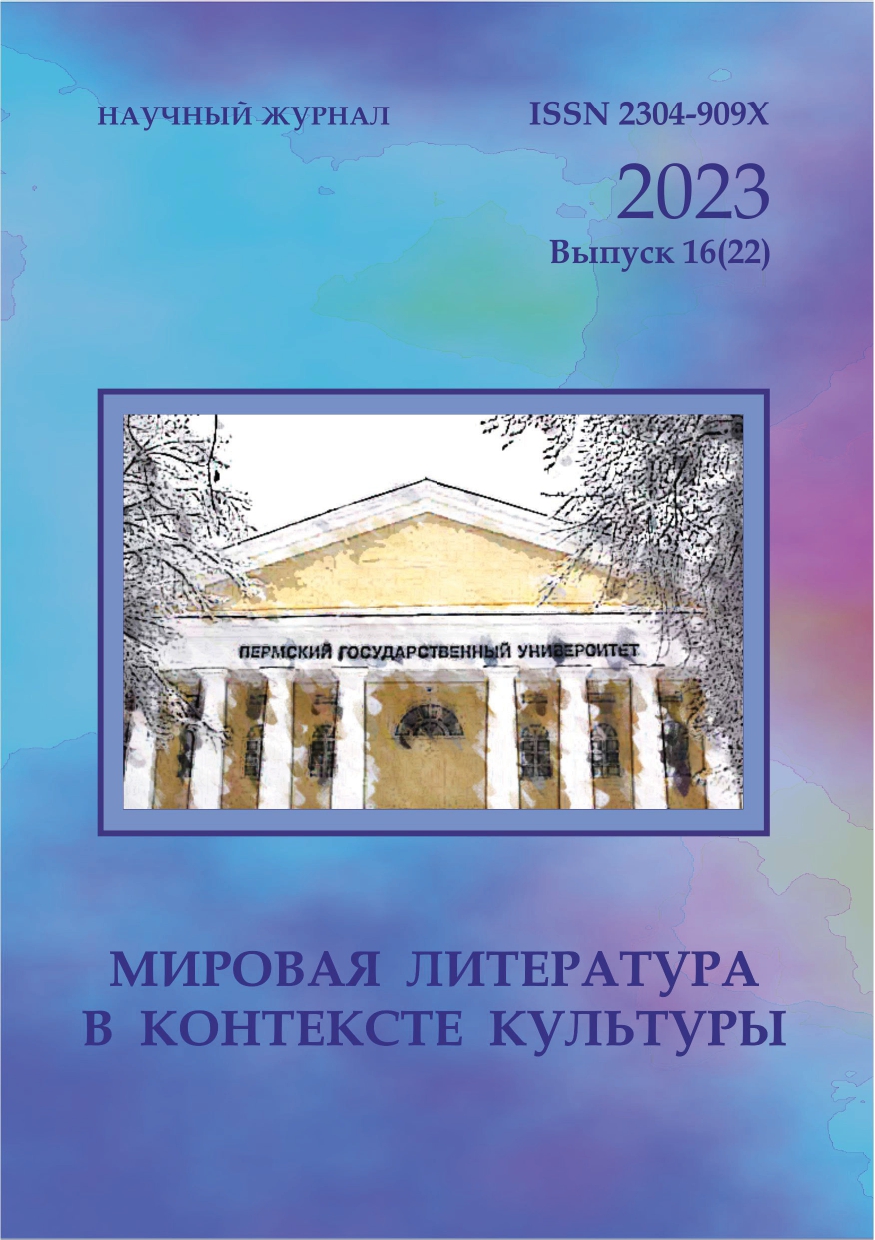«Подлинная» история картины в романе Ф. Умбраля «Авиньонские барышни»
DOI:
https://doi.org/10.17072/2304-909Х-2023-16-97-106Аннотация
В статье анализируется альтернативная история создания картины, представленная в романе испанского писателя Ф. Умбраля «Авиньонские барышни» (1995). Отмечается наличие элементов пародии и бурлеска в поэтике произведения, произвольное сочетание исторических, биографических сведений с вымыслом. Герой-повествователь в романе, претендуя на исключительную достоверность, пишет «сагу о XX веке». Особое место в этом «эпосе» занимает история испанского авангарда, воплощением которого является Пабло Пикассо и его картина «Авиньонские барышни». В контексте анализа темы истории картины делается вывод о том, что герой-романист вступает в творческое противоборство с художником, пытается романными средствами преодолеть «плоскостное» видение и разрушительный эффект кубизма, вернуть моделям («настоящим авиньонским барышням») эпическую перспективу и глубину.Загрузки
Опубликован
2023-06-30 — Обновлена 2023-12-29
Версии
- 2023-12-29 (2)
- 2023-06-30 (1)
Как цитировать
Суслова, И. В. (2023). «Подлинная» история картины в романе Ф. Умбраля «Авиньонские барышни». Мировая литература в контексте культуры, 16(22), 97–106. https://doi.org/10.17072/2304-909Х-2023-16-97-106 (Original work published 30 июнь 2023 г.)
Выпуск
Раздел
Статьи

